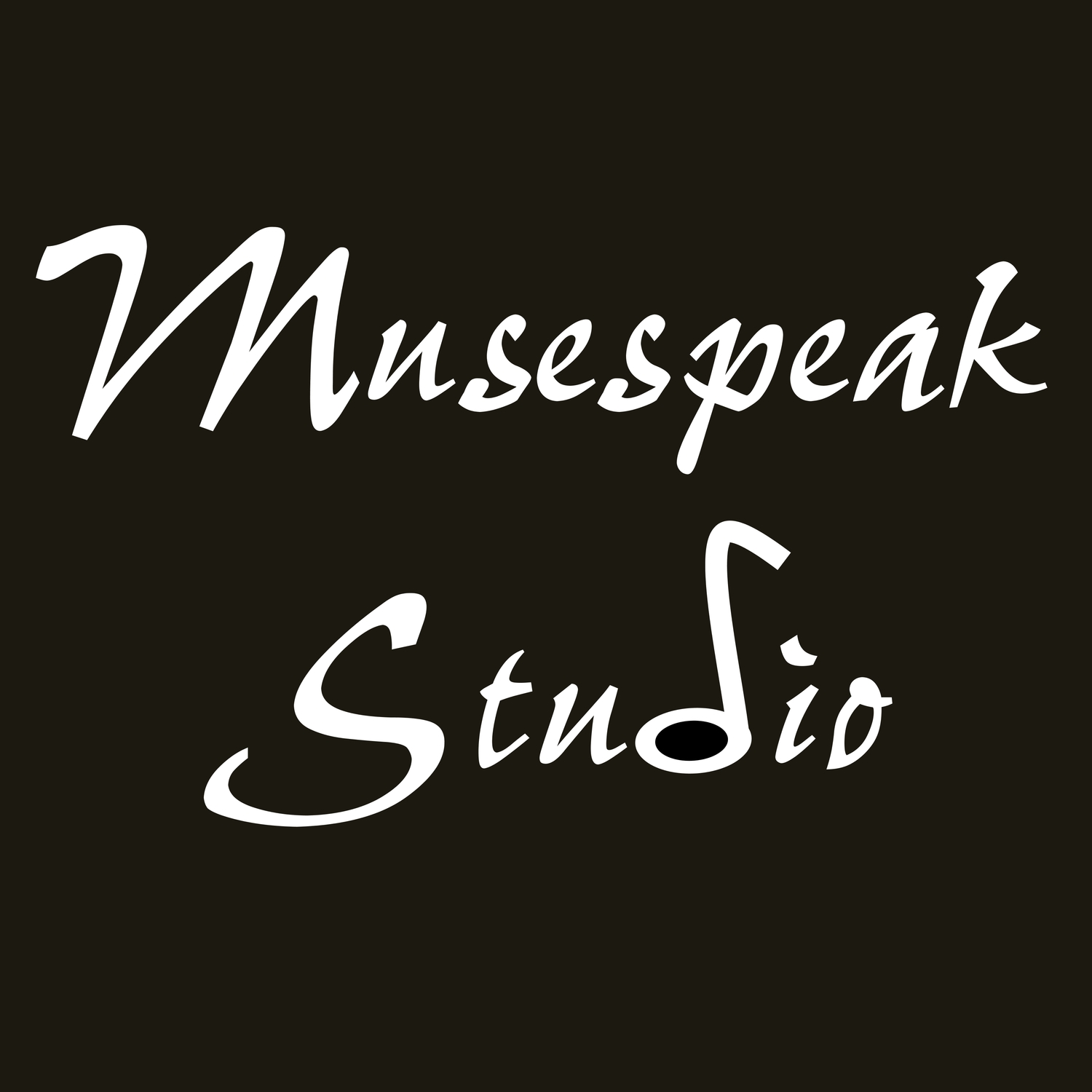Busy week - three posts from me. I've had to do some research for students so I have lots of information to share this week. A while back, one of my beginner students (and her dad) asked me why we had to work on sight reading (playing something you haven't seen before). The easy answer? It makes you a better musician.
There is a practical reason to why students are tested in this area.I told my student that there will be times that she's at a social function, ensemble rehearsal or school when someone will place unfamiliar music in front of her and say, "Play this."
I have a handful of students who need work in this area. We've been spending a lot of time lately going through a passage several times, with them focussing on one area (rhythm, touch, melody, dynamics, etc.) before trying to put all the elements together. Some of them look at me funny when I say, "For the first time through, don't bother getting any of the notes right." It helps though because it lifts the pressure off their shoulders to get it perfect.
Sight reading is also one of my weak spots. Since I've been teaching, I have been improving steadily. Some things I've learned along the way are:
Look for patterns, be they melodic, rhythmic or harmonic
Ditch "Every Good Boy Deserves Fudge" and all those other phrases to remember note names. Follow the note heads instead, reading intervallically, e.g., C then up a step, then down a skip, etc.
Getting the rhythm and keeping a steady beat is more important than getting every note right.
You have to practice sight reading - start easy and work your way up.
Learn to play by feel - without having to look at your hands.
Here are more useful tips in these articles:
Some Tips on Sight Reading More Tips on Sight Reading Sight Reading Studio 1.0 Software
(c) 2007 by Musespeak(tm), Calgary, AB, Canada. All rights reserved.
